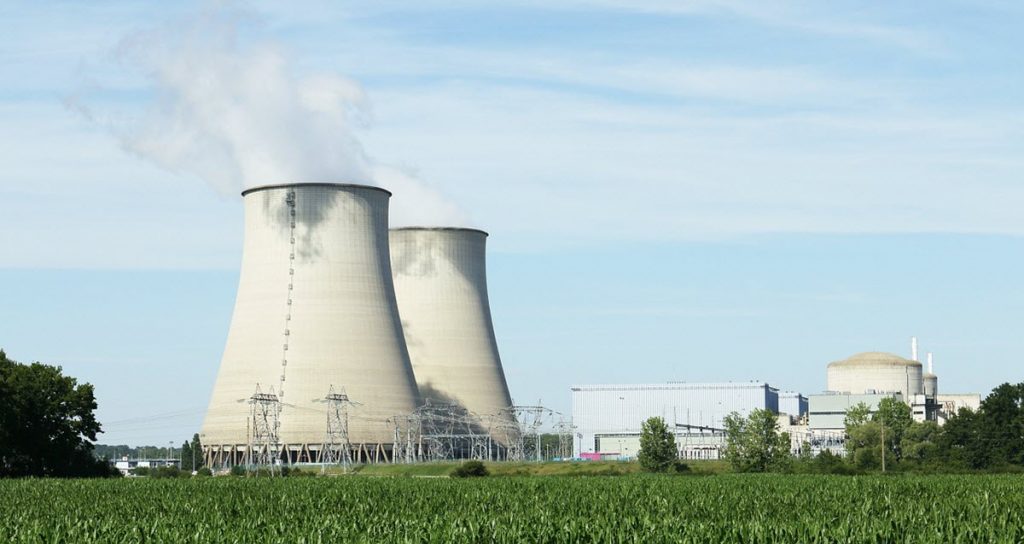As the global community grapples with the pressing issue of climate change, the quest for sustainable energy sources has never been more critical. Among many energy sources, nuclear power stands out as a potentially vital component of a green energy portfolio. This article delves into why nuclear energy is a compelling green alternative.

The Mechanics of Nuclear Energy
Understanding the Process
Nuclear energy is derived from splitting atoms, a process known as fission. During fission, a neutron collides with an atom’s nucleus, causing it to split and release tremendous energy in the form of heat. This heat is used to generate steam which, in turn, drives turbines to produce electricity.
The Environmental Credentials of Nuclear Energy
Low Greenhouse Gas Emissions
Combating Climate Change
One of the strongest arguments for nuclear power is its extremely low greenhouse gas emissions. Unlike fossil fuels, nuclear power plants do not produce harmful air pollutants or greenhouse gases. This characteristic makes it an invaluable tool in the fight against climate change.
Efficient Use of Fuel
High Energy Density
Nuclear fuel has a much higher energy density compared to fossil fuels. This means that nuclear power plants require significantly less fuel to produce the same amount of energy. Consequently, less mining and transportation are required, which further reduces the environmental footprint.
Ensuring Energy Security and Reliability
Steady Power Supply
Nuclear power plants operate reliably, offering a steady supply of energy. Unlike renewable sources such as solar and wind, nuclear energy is not dependent on weather conditions. This continuous operation makes it an indispensable base load power source.
Resource Availability
Uranium, the primary fuel for nuclear reactors, is relatively abundant. Advanced reactor designs also have the potential to use thorium as a fuel, which is even more plentiful.
Integrating Nuclear Energy with Renewables
Complementing Intermittent Sources
While renewable energy sources such as wind and solar are vital, they are intermittent and require backup sources to ensure a constant supply. Nuclear energy can complement these sources by providing a steady output, thus ensuring that the electricity grid can always meet demand.
Addressing Concerns and Innovations
Safety and Waste Management
Public apprehension regarding nuclear energy often revolves around safety and waste management. However, advancements in technology have led to the development of safer reactor designs. Moreover, strategies such as recycling of nuclear fuel or transmutation (turning nuclear waste into less harmful substances) are evolving.
Economic Competitiveness
The economic aspect of nuclear energy is also improving with the development of Small Modular Reactors (SMRs). These are more cost-effective and flexible compared to traditional large reactors and can be instrumental in making nuclear energy economically competitive.
Nuclear Energy in a Sustainable Future
Balancing the Energy Mix
As we transition to a low-carbon future, it’s imperative to consider a diverse energy mix. With its low emissions, reliable output, and synergy with renewables, nuclear energy can be a cornerstone in this mix.
International Cooperation and Standards
To harness the full potential of nuclear energy, international cooperation is necessary. Key components are establishing rigorous international safety and waste management standards, sharing best practices, and supporting countries in developing their nuclear power infrastructure.
Conclusion: A Green Catalyst in the Energy Landscape
The sustainable energy landscape of the future requires a multifaceted approach. In this context, nuclear energy emerges not as a panacea, but as an essential component of a balanced energy portfolio. Through continuous technological innovations, international collaboration, and an integrated approach to energy planning, nuclear power can significantly contribute to a greener and sustainable future.